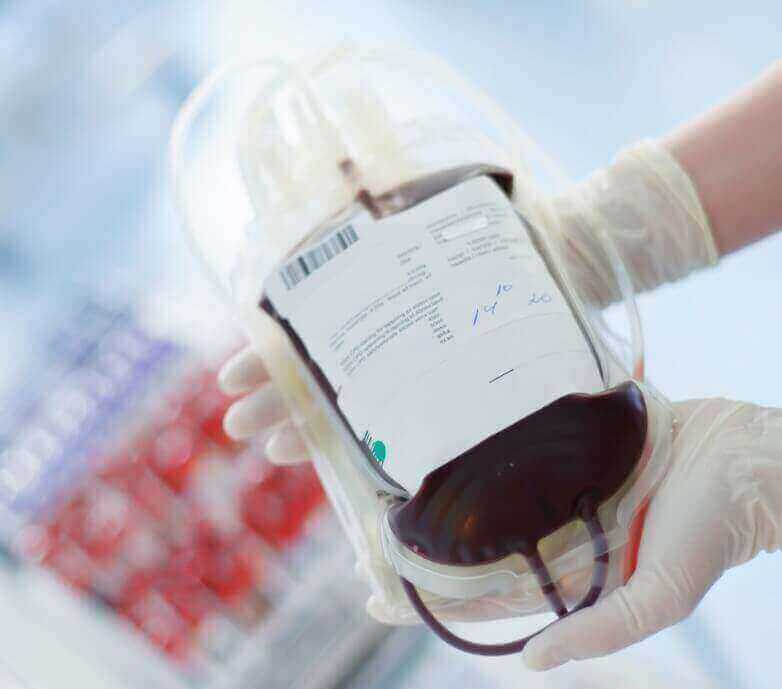What happens during an ischemic stroke
When a blood clot cuts off the supply of oxygen and blood to the brain, an ischaemic stroke occurs. Without oxygen, that particular section of the brain begins to die along with any neural connections and synaptic pathways. The lack of oxygen is the ultimate cause of immediate stroke symptoms and post-stroke conditions.
Brain damage during a stroke happens for four main reasons:
- Brain cells die from lack of oxygen. Brain cells, like all cells in the body, require oxygen to survive.
- Neurotrophic factors cease activity. Neurotrophins are responsible for generating new cells, differentiating cells, and promoting cell survival.
- Loss of immune system responsivity. The deadened nerves are incapable of sending signals to the immune system. This leaves the damaged area of the brain susceptible to infectious pathogens.
- Damage to the body’s inflammatory response. There is an increase in the generation of inflammatory factors. This makes inflammation worse at the site where the stroke took place.

Cord blood is naturally loaded with tons of unique capabilities that play a key role in regenerative processes. It essentially works by encouraging the brain to heal itself, a process that was once thought to be impossible.

How cord blood reverses brain damage:
- Cell replacement: Cord blood is rich in diverse types of stem cells. Those stem cells are capable of migrating to the damaged part of the brain where they can aid in the regeneration of neural cells. The new cells are able to take on the same roles as the lost cells through a process called neuroplasticity.
- Restart the neurotrophic effect: Cord blood contains neurotrophins as well as stem cells that secrete neurotrophins. These aid in healing damaged cells, generating new cells and supporting their survival.
- Provide immune support: Cord blood contains natural immunomodulators. Immunomodulators are used to help regulate or normalize the immune system. They can migrate to the damaged part of the brain and protect the newly generated and partially damaged cells until typical cell-to-cell signaling capabilities to the immune system are restored.
- Reduce inflammation: Stem cells in cord blood can help to reduce inflammation. Once there is less inflammation in the brain, synaptic networks can start being properly rebuilt.
Cord blood is a safe, natural treatment option for healing the brain after an ischemic stroke. It is an excellent alternative to other stem cell sources as it does not require any invasive procedures.
To learn more about CBC Health’s cord blood treatment, call +1 855 426 4623, or request more information by clicking here.



